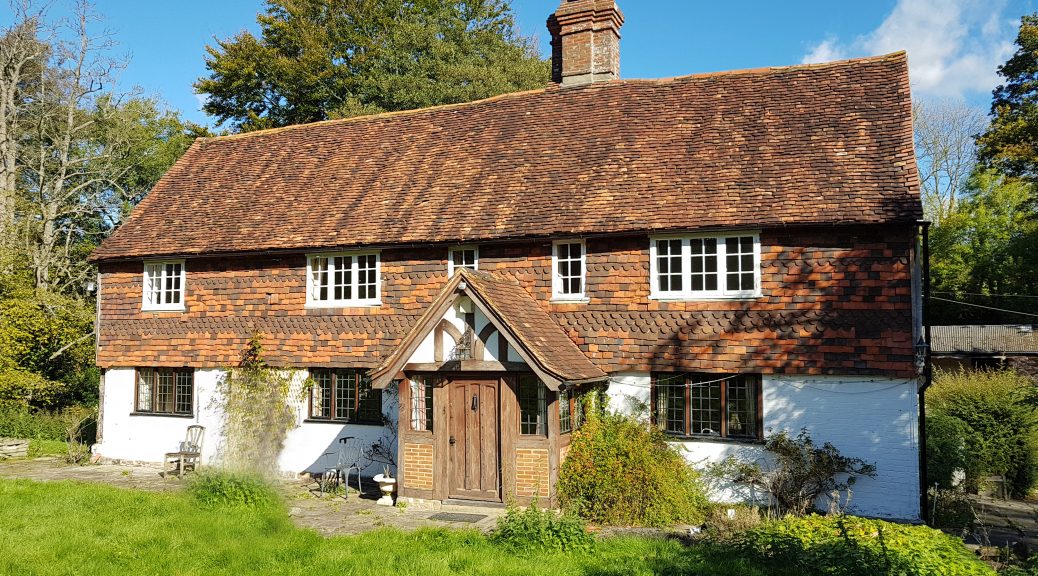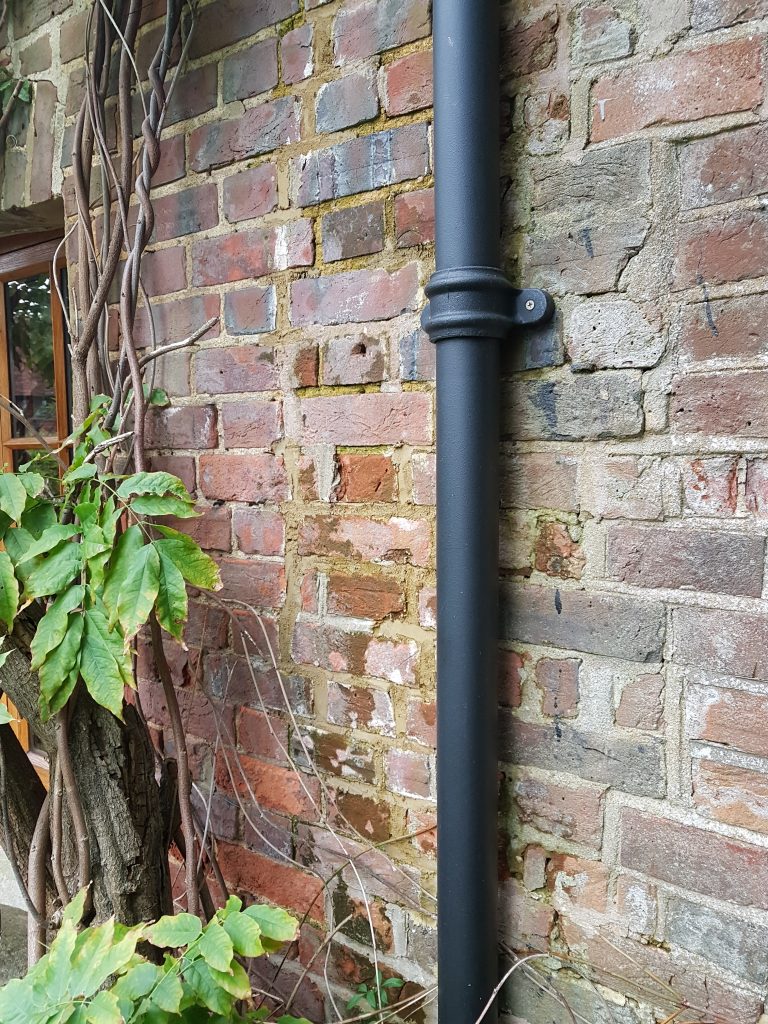
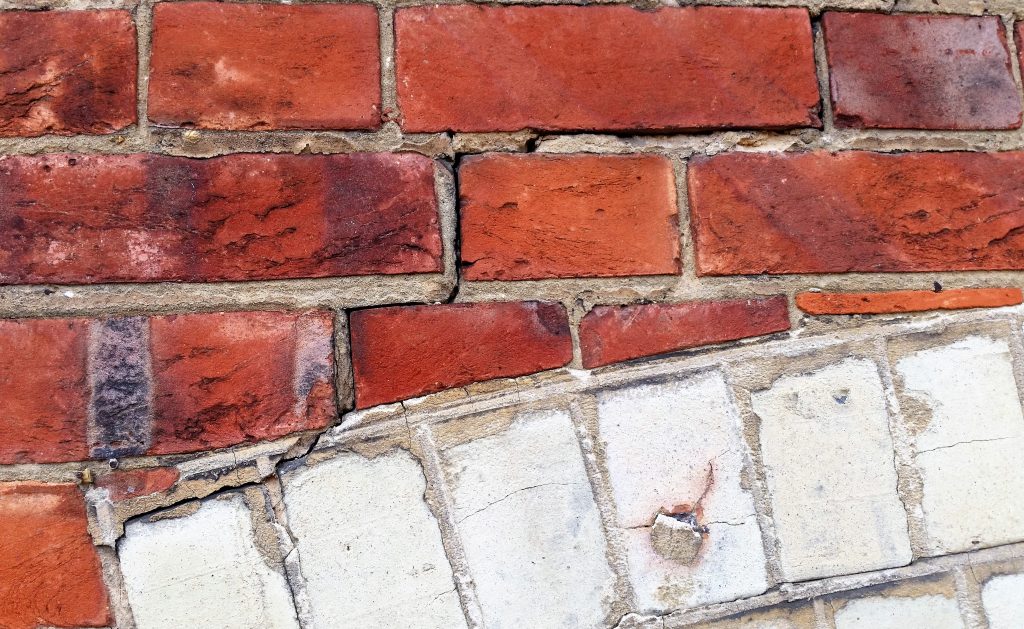
A very good friend of mine with 40+ years of experience once said, “If it’s not been measured you can’t manage it,” quickly followed by, “If you send rubbish out you get rubbish back!” Even now as my own experience in the industry approaches 40 years I still use these very wise words to guide me.
Both the above statements are extremely relevant when it comes to surveys and reports as a great deal of time and expense can be wasted due to inaccurate, vague and misleading written information.
I have seen countless reports from well-respected institutions that despite numbering 30 pages or more with dozens of photos, convey little in the way of helpful information. This is frustrating to us as we are expected to act, and quote for repair work on very poor supplied information and expensive to the client if they have wasted their money on reports that don’t help.
So what can we provide?
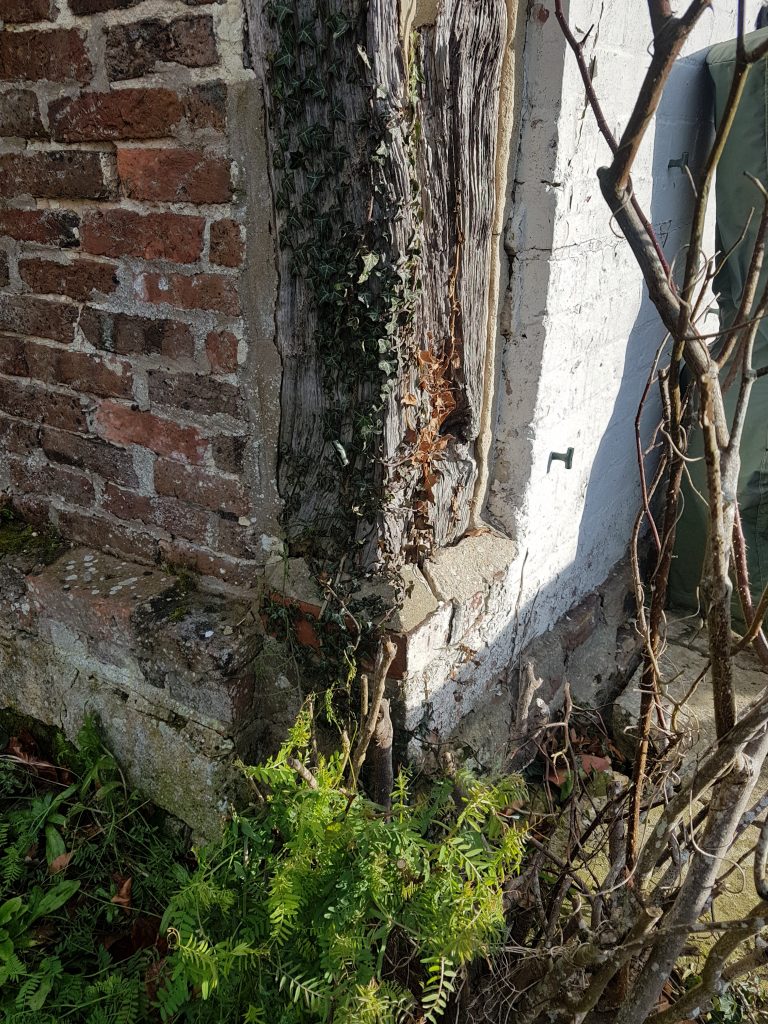
We supply targeted and practical reports that are designed to be a pivotal part of the repair and conservation process on historic buildings.
We are commissioned by architects and individuals alike where our direct and no-nonsense approach to the information supplied is much appreciated.
Our reports and repair strategies can form the foundation stone of the work that is to follow. They can be used to assist in a planning application or for applying for listed building consent. They can form the basis for a specification of works and enable contractors to price work to a common standard allowing for fair comparison.
We spend every working day actively involved in the repair of historic buildings, this gives us a unique insight into what is needed from a report or survey.
It’s not all about just finding the defects; we often find really interesting features that the client was previously unaware of. We can then include these features in the report and ensure that they are not lost or destroyed.
Different types of report
Condition report:
This is primarily a defect listing operation where the objective is to gain an understanding of the problems contained in a building or structure.
Beam Survey:
As you would expect from the title this is a listing of all the structural timber elements. It will describe their location, function and condition.
Repair Strategy:
Once the problems have been identified, a repair strategy can be drawn up. This is especially useful when applying for listed building consent.
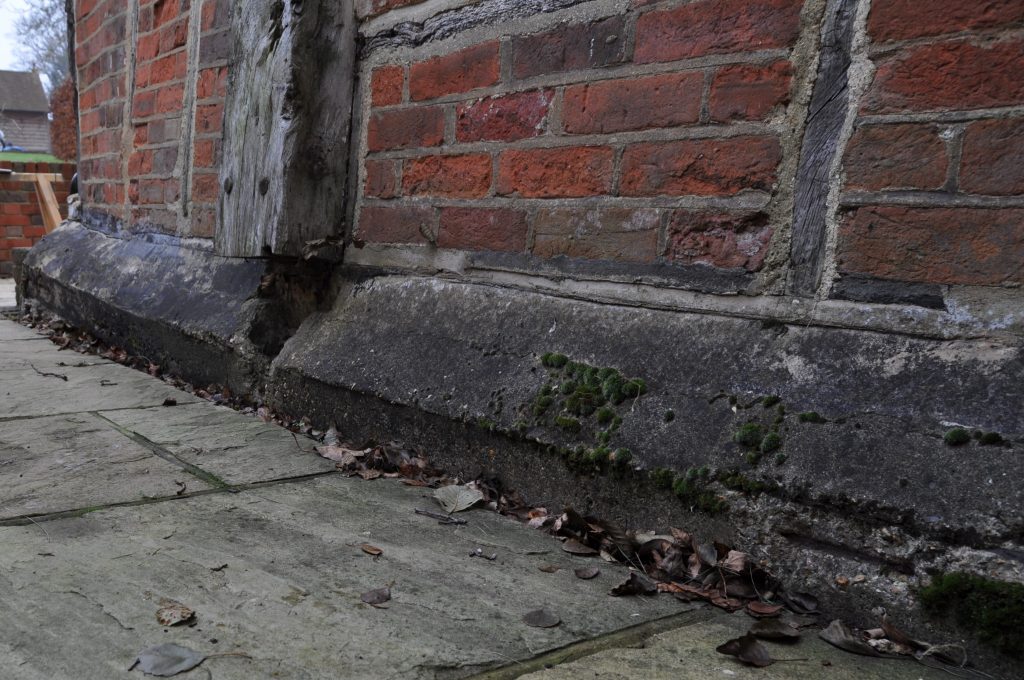
Quite often we provide a mix of all the above contained in one document. This is often targeted to a particular part of a building for example, one elevation or a gable end etc. We would include information on all the different elements used in its construction.
The value of an accurate report cannot be overestimated if this is something you would like us to help with please contact us here.

